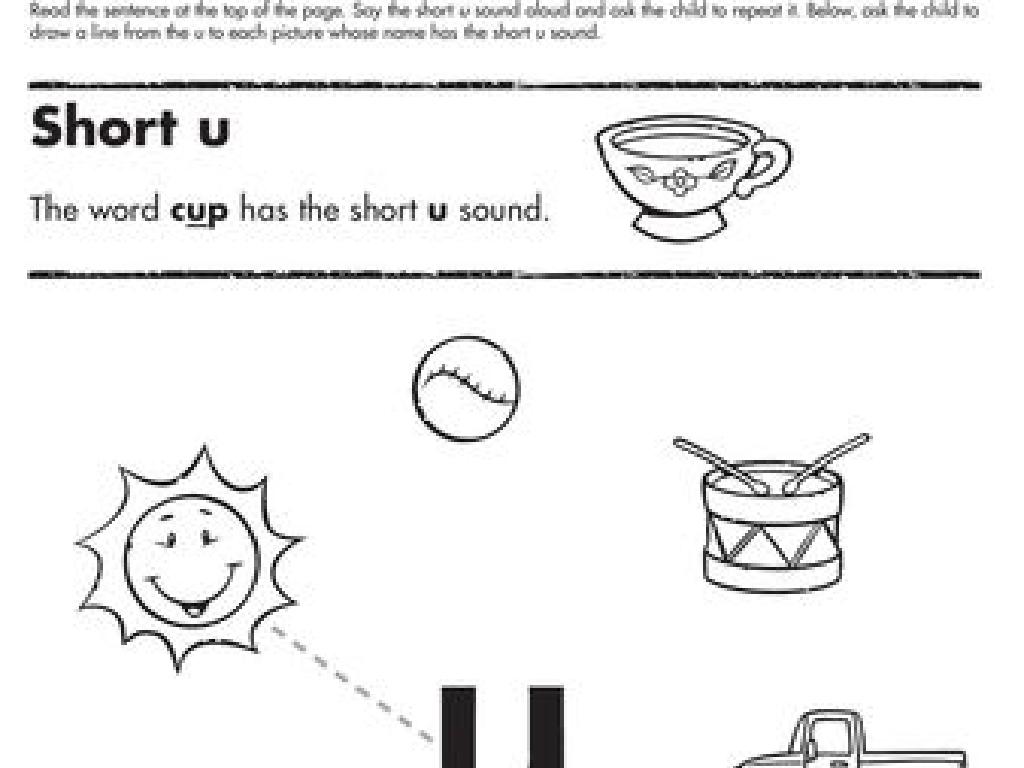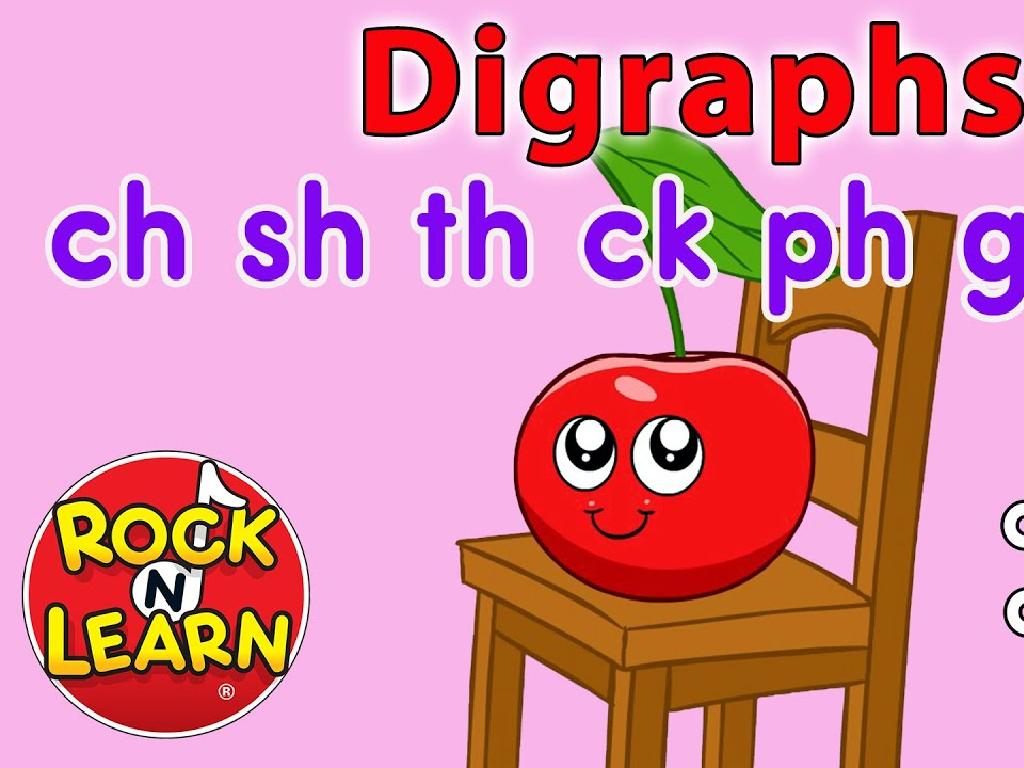Add And Subtract Fractions
Subject: Math
Grade: Seventh grade
Topic: Operations With Fractions
Please LOG IN to download the presentation. Access is available to registered users only.
View More Content
Welcome to Fractions: Adding & Subtracting
– Fractions represent parts of a whole
– Steps to add and subtract fractions
– Find a common denominator, then add or subtract the numerators
– Importance of learning fractions
– Fractions are used in many areas of life, like cooking and budgeting
– Practice problems
|
Begin the lesson by reinforcing the concept that fractions are parts of a whole, which can be visualized through pie charts or other divided objects. Move on to the procedural knowledge of adding and subtracting fractions, emphasizing the need for a common denominator to combine them. Discuss the real-world applications of fractions to help students understand their importance, such as in recipes or dividing up expenses. Conclude with practice problems to solidify their understanding, ensuring to include a variety of examples, such as simple fractions, mixed numbers, and improper fractions. Provide guidance on how to simplify answers when necessary.
Reviewing Fractions: Basics and Applications
– Understanding a fraction
– A fraction represents a part of a whole.
– Numerator vs. denominator
– Top number (numerator) and bottom number (denominator) roles.
– Fractions in daily life
– Pizza slices, measuring cups, and money (quarters).
– Practice with real examples
– Solve fraction addition/subtraction problems using everyday scenarios.
|
This slide aims to refresh students’ understanding of fractions before delving into operations like addition and subtraction. Begin by defining a fraction as a part of a whole, which is divided into equal parts. Clarify the roles of the numerator and denominator, with the numerator indicating how many parts are being considered and the denominator showing the total number of equal parts in the whole. Use relatable examples such as slices of pizza, measurements in cooking, and money to illustrate fractions in a context familiar to the students. Encourage them to think of other examples from their daily lives. Conclude with practice problems that apply fractions to real-world situations, reinforcing the concept and preparing them for more complex operations.
Adding Fractions with Like Denominators
– Understand like denominators
– Denominators are the same, e.g., 1/4 and 2/4 both have 4.
– Steps to add same denominator fractions
– Simply add the numerators and keep the denominator the same.
– Example: Adding 1/4 + 2/4
– 1/4 + 2/4 equals 3/4 because 1+2 equals 3 and the denominator stays 4.
|
This slide introduces the concept of adding fractions with like denominators. Begin by explaining that like denominators mean the bottom numbers of the fractions are the same. Emphasize that when adding such fractions, only the numerators (top numbers) are added while the denominator remains unchanged. Use the example 1/4 + 2/4 to illustrate this point, showing that the sum is 3/4. Encourage students to practice with additional examples and ensure they understand that the denominator represents the total number of equal parts, which does not change when adding fractions with the same denominator.
Subtracting Fractions with Like Denominators
– Rules for same denominator subtraction
– Keep the denominator same, subtract numerators
– Example: Subtract 3/4 and 1/4
– 3/4 – 1/4 = (3-1)/4 = 2/4, which simplifies to 1/2
– Practice Problem: 5/8 – 2/8
– Apply the rules to solve 5/8 – 2/8
– Discuss results and methods
|
This slide introduces the concept of subtracting fractions with like denominators. The key rule to remember is that when the denominators are the same, you only subtract the numerators and keep the denominator unchanged. After explaining the rule, provide an example with a step-by-step solution. Then, present a practice problem for the students to solve, ensuring they apply the rule correctly. Encourage students to simplify their answers if possible. During the next class, review the practice problem, discuss different methods used, and clarify any misunderstandings. This exercise will help solidify their understanding of fraction subtraction.
Adding Fractions with Unlike Denominators
– Find the Least Common Denominator (LCD)
– LCD is the smallest number that both denominators can divide into
– Convert fractions to the same denominator
– Make equivalent fractions with the LCD to add
– Example: Adding 1/3 and 1/6
– 1/3 becomes 2/6, and 1/6 stays the same, so 2/6 + 1/6 equals 3/6
|
This slide introduces the concept of adding fractions with unlike denominators by finding the Least Common Denominator (LCD). The LCD is the smallest multiple that is common to both denominators. Once the LCD is found, students will learn to convert the original fractions into equivalent fractions with the LCD as the new denominator. This allows for the fractions to be added together easily. The example provided will help illustrate the process. Students should be encouraged to practice this method with various fractions to become comfortable with the concept. It’s also important to remind them to simplify their answers when possible.
Subtracting Fractions with Unlike Denominators
– Steps to subtract fractions
– Example: 2/3 – 1/6
– To subtract, first convert 2/3 and 1/6 to have the same denominator
– Find a common denominator
– For 2/3 and 1/6, the common denominator is 6
– Solve the practice problem
– Use the steps to try: 4/6 – 1/6
|
When subtracting fractions with different denominators, students must first find a common denominator, which is a multiple of both denominators. In our example, 2/3 and 1/6, the common denominator is 6. To convert 2/3 to a fraction with a denominator of 6, multiply both the numerator and denominator by 2, resulting in 4/6. Now, subtract the fractions: 4/6 – 1/6 equals 3/6, which simplifies to 1/2. Provide a practice problem for students to apply these steps independently, reinforcing their understanding of the concept. Encourage students to show their work step by step and to simplify their answers when possible.
Simplifying Fractions
– Importance of simplifying fractions
– Simplifying makes fractions easier to understand and work with.
– Steps to simplify after addition/subtraction
– Find the greatest common divisor (GCD) and divide both numerator and denominator by it.
– Example: Simplify 4/8
– 4/8 can be simplified to 1/2 by dividing both by the GCD of 4.
|
Simplifying fractions is a crucial skill in mathematics as it helps in understanding and comparing fractions easily. After adding or subtracting fractions, students should find the greatest common divisor of the numerator and denominator to simplify the fraction to its lowest terms. For example, in the fraction 4/8, the greatest common divisor is 4. Dividing both the numerator and the denominator by 4 simplifies the fraction to 1/2. This process is essential for working with fractions in more complex mathematical operations and real-life applications. Encourage students to practice simplifying fractions with different examples and to always look for the greatest common divisor to simplify their answers.
Class Activity: Fraction Scavenger Hunt
– Find classroom objects as fractions
– Pair up to combine fractions
– Add fractions of objects found together
– Subtract fractions with your partner
– Use common denominators to subtract
– Present findings to the class
|
This interactive activity is designed to help students apply their knowledge of adding and subtracting fractions in a fun and engaging way. Students will search the classroom for objects that can represent fractions, such as a half-eaten apple or a clock showing quarter past the hour. They will then work in pairs to add or subtract the fractions represented by their objects, practicing finding common denominators and simplifying their answers. Finally, each pair will present their objects and explain how they added or subtracted the fractions. This activity not only reinforces mathematical concepts but also encourages teamwork and presentation skills. Possible variations include using different objects, working in larger groups, or setting a time limit to increase the challenge.
Wrapping Up: Fractions
– Recap adding/subtracting fractions
– Review steps for finding common denominators and combining fractions.
– Practice makes perfect
– Consistent practice is key to mastering fraction operations.
– Homework: Fractions worksheet
– Complete the provided worksheet to reinforce today’s lesson.
– Bring questions next class
– Note any difficulties to discuss in our next session.
|
As we conclude today’s lesson on adding and subtracting fractions, it’s important to remind students of the key steps involved in these operations, especially finding common denominators. Emphasize the importance of practice in mastering these concepts, as it helps solidify understanding and improve speed and accuracy. Assign the worksheet as homework to provide students with the opportunity to apply what they’ve learned. Encourage them to write down any questions or challenges they encounter while completing the worksheet so that these can be addressed in the next class. This will help ensure that all students are keeping up with the material and provide a chance for additional support where needed.






